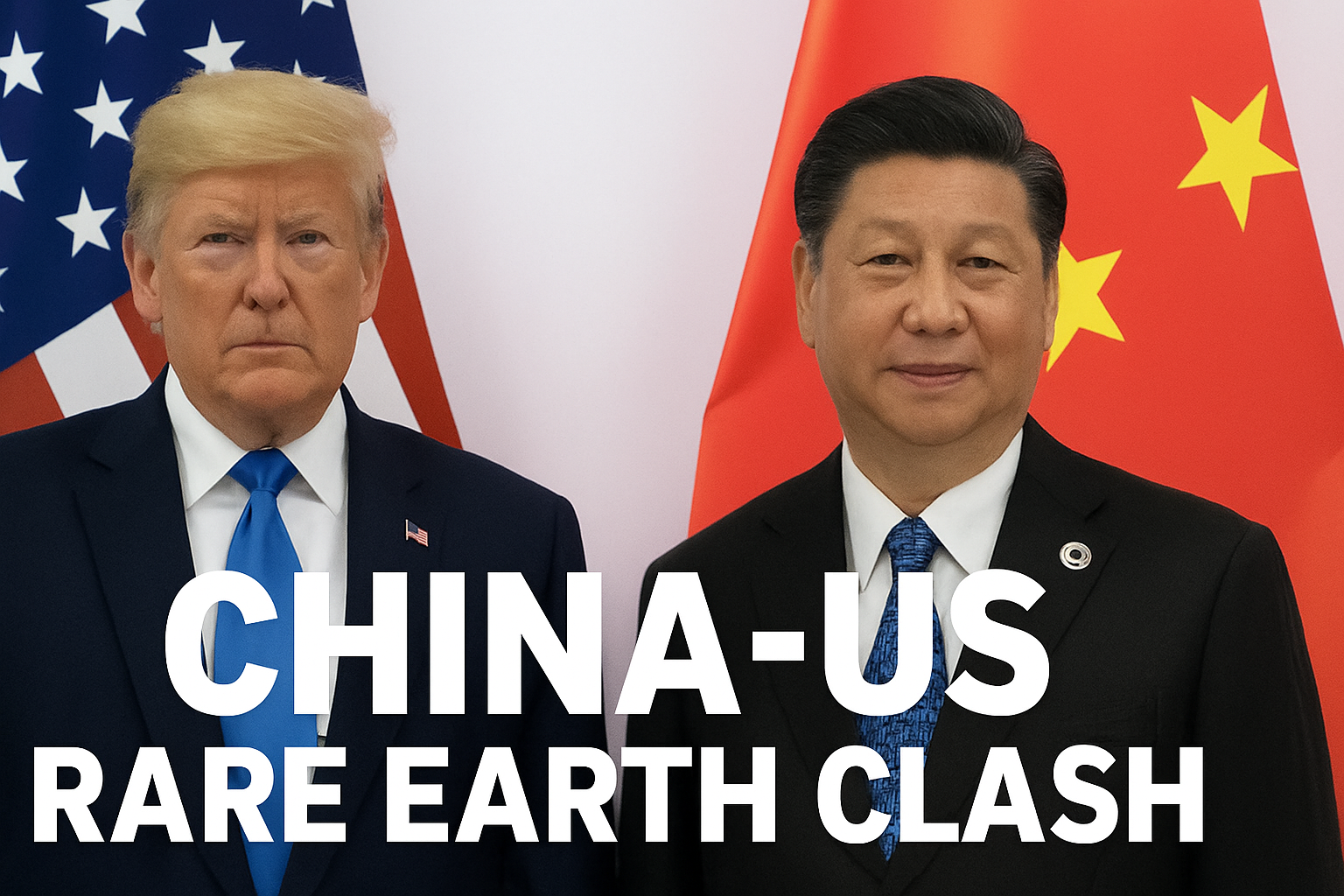.jpeg)
The Archaeological Survey of India (ASI) has stirred fresh debate in the academic and political spheres by seeking a revised report on the Keezhadi excavations in Tamil Nadu, a move that could significantly impact the historical narrative of early Indian civilization and rekindle the long-standing north-south cultural discourse.
The ASI's demand comes after the Tamil Nadu State Department of Archaeology submitted its excavation report, which reportedly did not align with the central body's scientific standards. ASI Director of Antiquities, Dr. Vasant Swarnkar, has formally asked for a revised version, citing concerns over the scientific integrity and methodological soundness of the original submission.
The Keezhadi excavations, first launched in 2015 near the Vaigai river in Sivaganga district, have unearthed rich archaeological evidence pointing to an advanced, urbanized civilization dating back to 6th century BCE. This predates the commonly accepted rise of urbanism in southern India and has sparked excitement, particularly among Tamil nationalists and scholars. Findings included brick structures, pottery with Tamil Brahmi inscriptions, dice, ornaments, and graffiti that suggest a literate and trade-savvy society.
However, the excavation project has been mired in controversy from the beginning. The initial phases were conducted by the ASI under K. Amarnath Ramakrishna. But in 2017, just as the digs gained traction, Ramakrishna was transferred to Assam—raising eyebrows and leading to widespread criticism that the Centre was attempting to stifle research which might challenge the prevailing Indus Valley-centric narrative of Indian civilization.
Following his transfer, the Tamil Nadu State Department of Archaeology took over the excavations. In 2023, they submitted a detailed report based on findings from excavations carried out between 2018 and 2020. The ASI has now called for a revised version of this report, stating that it lacks scientific depth, dating inconsistencies, and that it uses unverified terminology like "Vaigai Valley Civilization."
The heart of the dispute lies in the interpretation of Keezhadi's cultural and historical significance. The excavations appeared to support the theory that an independent Tamil civilisation may have coexisted with—or even predated—the Indo-Aryan-dominated Harappan or Indus Valley Civilisation. This theory gained political currency in Tamil Nadu, with the ruling DMK government frequently highlighting Keezhadi to reinforce Dravidian identity politics and cultural pride.
Indeed, the Keezhadi findings have become symbolic of a larger ideological battle. While Tamil scholars and political leaders cite them as evidence of a unique Dravidian cultural continuum, the ASI and central authorities have remained cautious, demanding rigorous validation through carbon dating and other scientific benchmarks. The use of terms like "urban civilization" and "script" in the Tamil Nadu report, without adequate peer-reviewed evidence, has particularly irked ASI officials.
Sources close to the development revealed that the ASI’s scientific advisory committee was unhappy with the terminology employed in the Tamil Nadu report, especially references linking Keezhadi directly to the Indus script and language. Critics argue that establishing such a connection requires extensive linguistic, cultural, and archaeological cross-verification, which the Tamil Nadu team allegedly failed to provide.
The ASI has recommended that a new report be submitted using internationally accepted archaeological standards and scientific protocols. This includes clear references to dating methods used, stratigraphic interpretations, and artefact classification.
For Tamil Nadu, the stakes are both academic and political. The DMK, in particular, has used Keezhadi as a counter-narrative to what it sees as a Sanskritized, Aryan-dominated version of Indian history promoted by the BJP at the Centre. In 2023, Tamil Nadu Chief Minister M.K. Stalin announced the construction of a Keezhadi museum and has consistently supported archaeological work that emphasizes Tamil heritage.
The issue reached the Madras High Court earlier this year when a petitioner demanded ASI involvement in excavations at adjacent sites to Keezhadi, including Kondagai, Manalur, Agaram, and Konthagai. The court directed the state to obtain excavation licences and carry out work under ASI supervision, further complicating the already tense relationship between the two entities.
Experts believe that while scientific scrutiny is essential, the ASI’s call for a revised report must be handled with transparency and academic rigour, without appearing politically motivated. “History should be dictated by evidence, not ideology,” said a senior archaeologist who requested anonymity. “If Keezhadi holds the key to understanding a pre-Sangam Tamil past, let’s ensure that the findings are validated scientifically rather than buried under bureaucratic turf wars.”
The ASI’s demand for a revised report might delay official publication and broader academic acceptance of the findings, but it could also elevate the excavation’s credibility if addressed professionally. However, in a politically charged environment, any delay or reinterpretation is likely to be viewed with suspicion.
As India grapples with defining its civilizational roots, Keezhadi remains more than an excavation site—it is a cultural battleground between conflicting historical narratives. The coming months will determine whether scientific objectivity can triumph over political compulsions in the quest for truth beneath Tamil Nadu’s ancient soil.



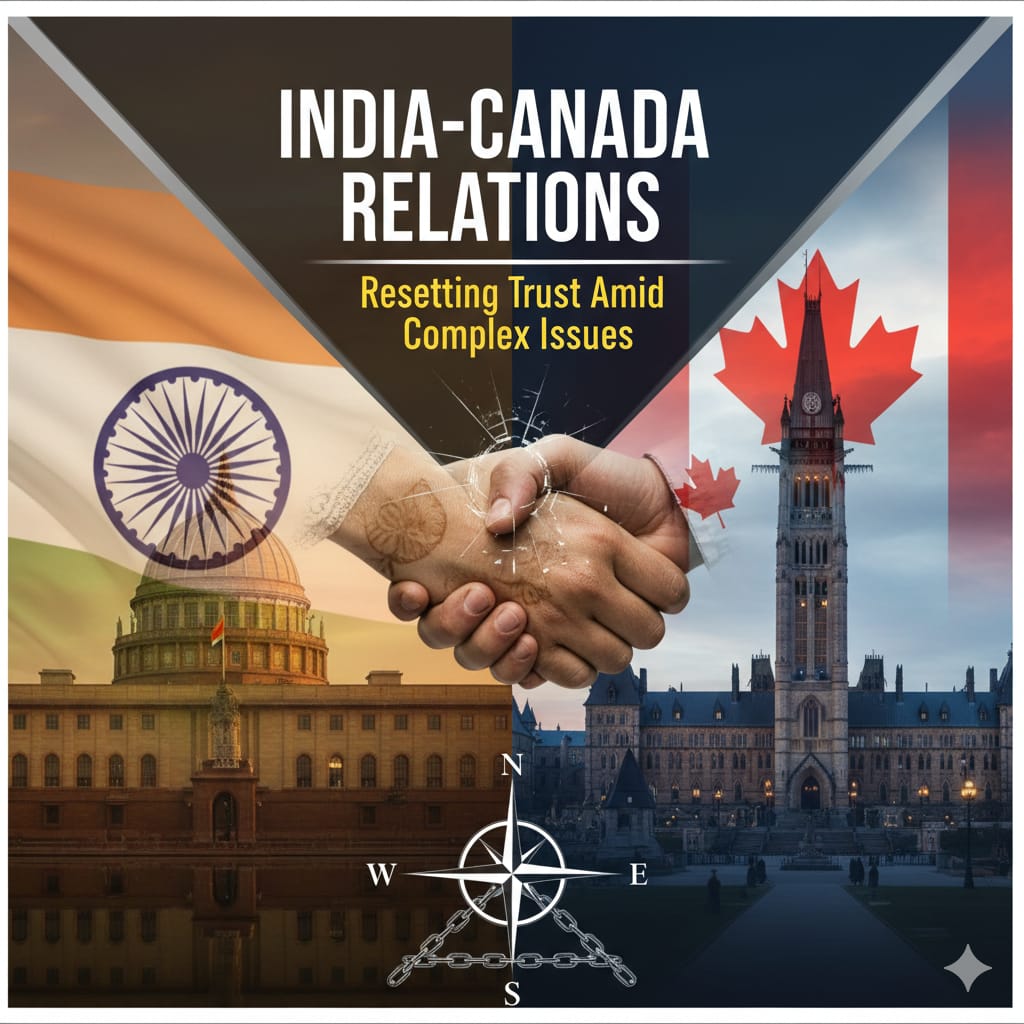
.jpeg)



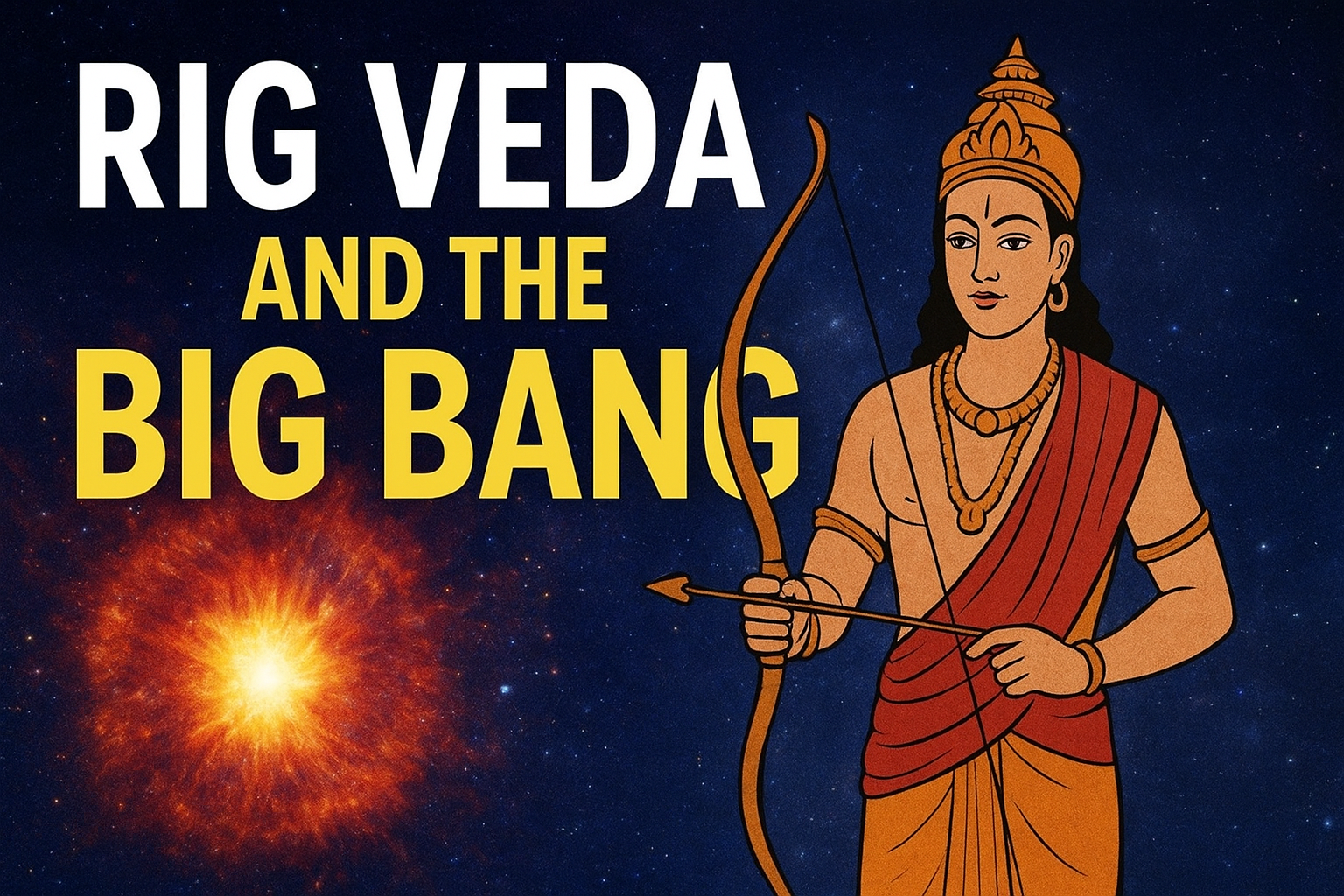
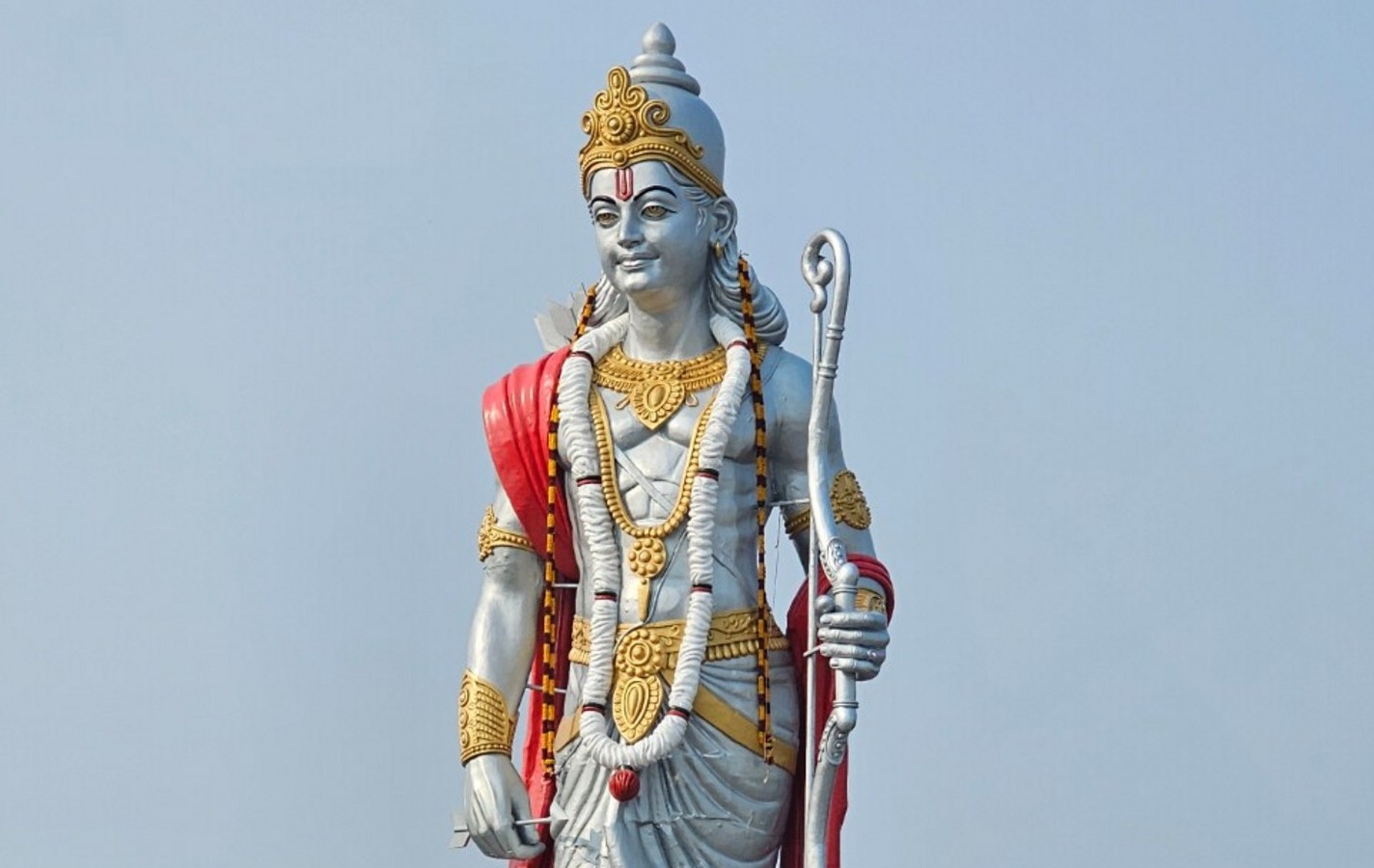
.jpeg)
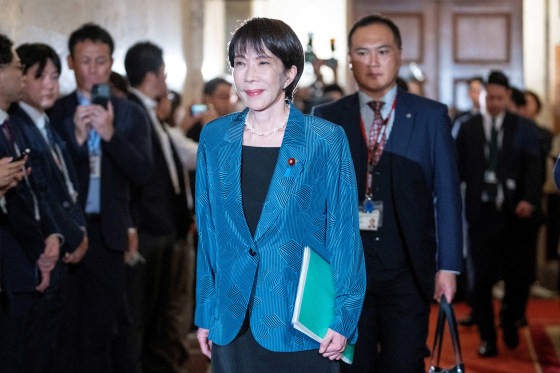

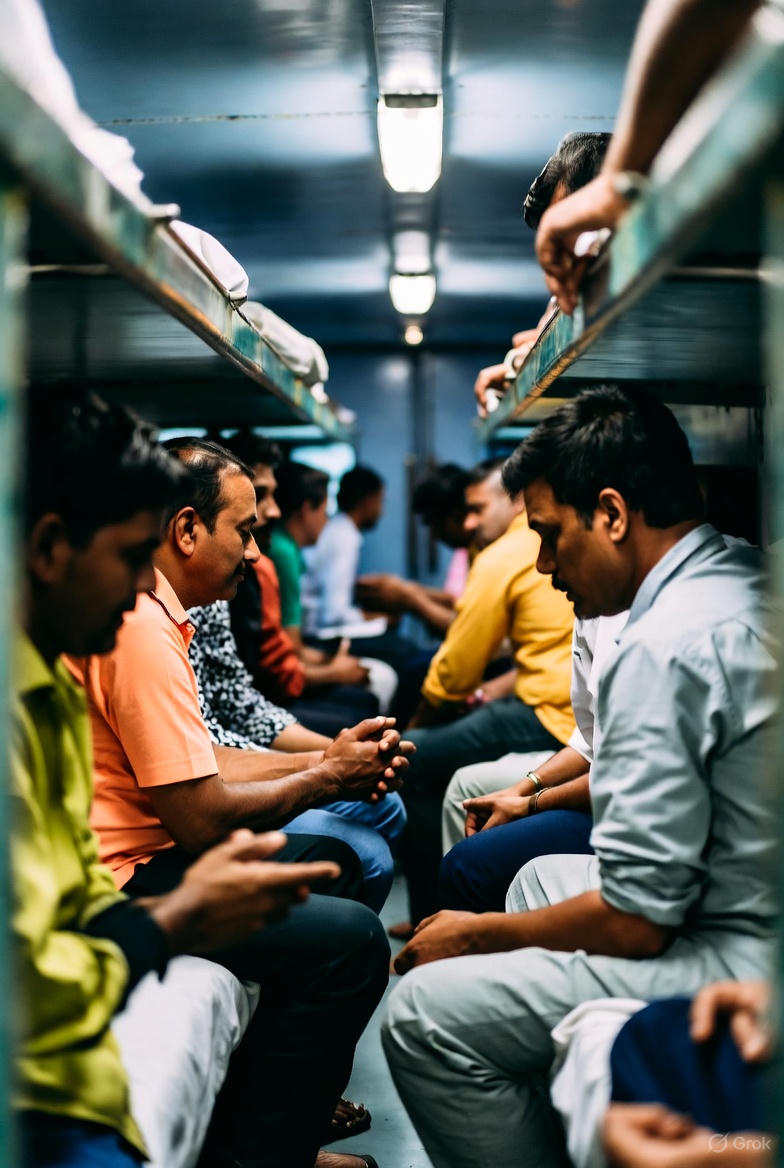
.jpeg)

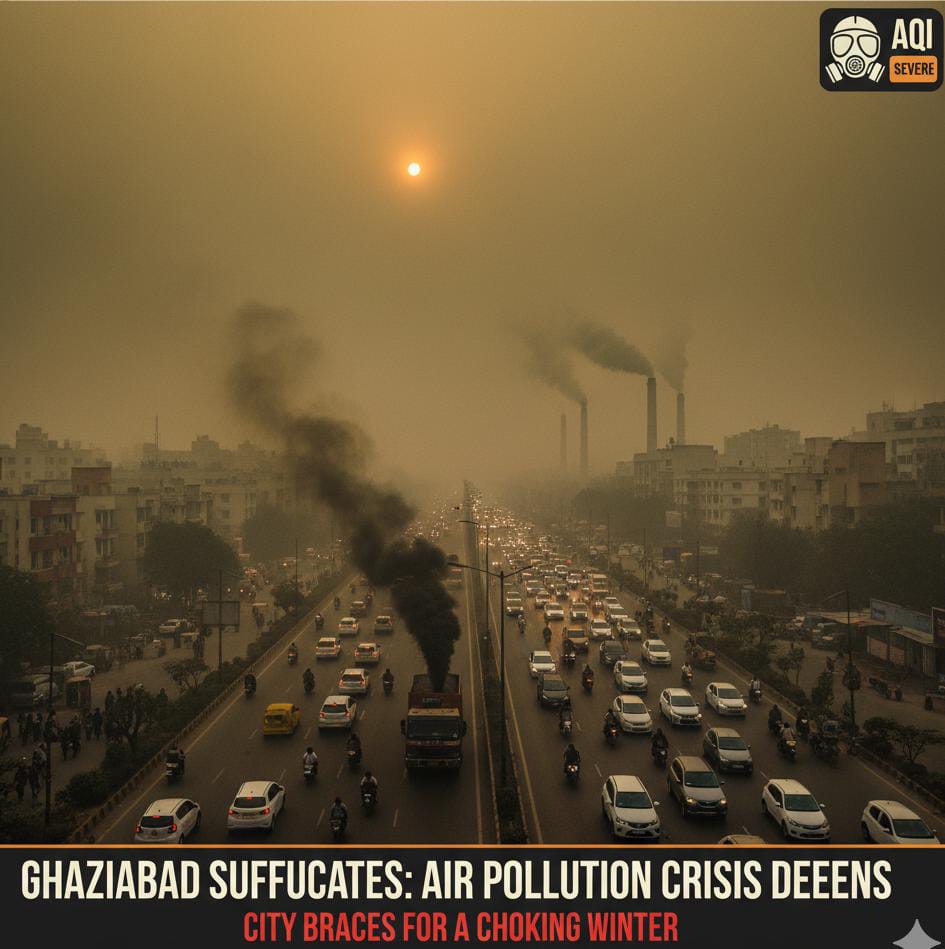

.jpeg)
.jpeg)
.jpeg)
